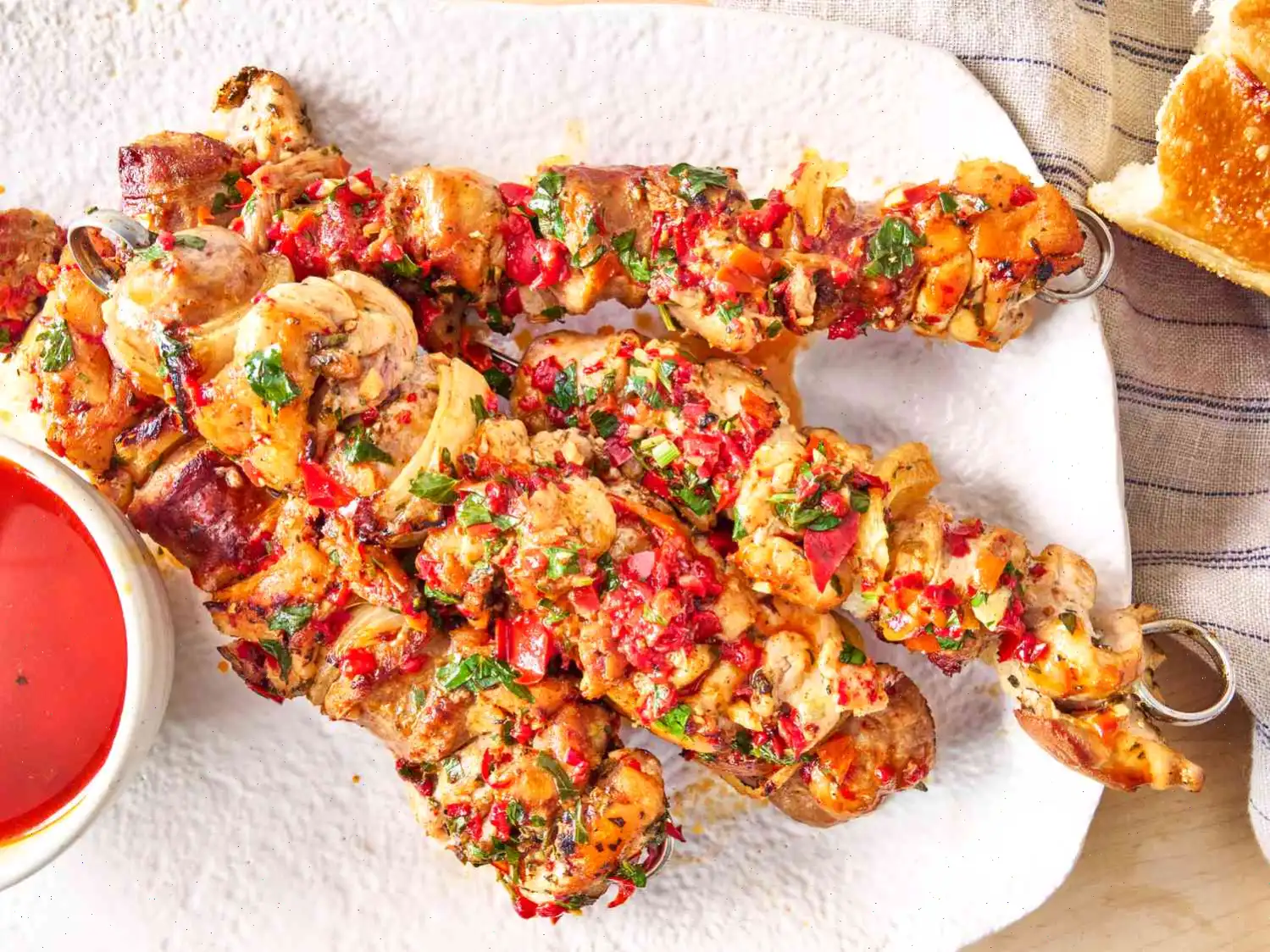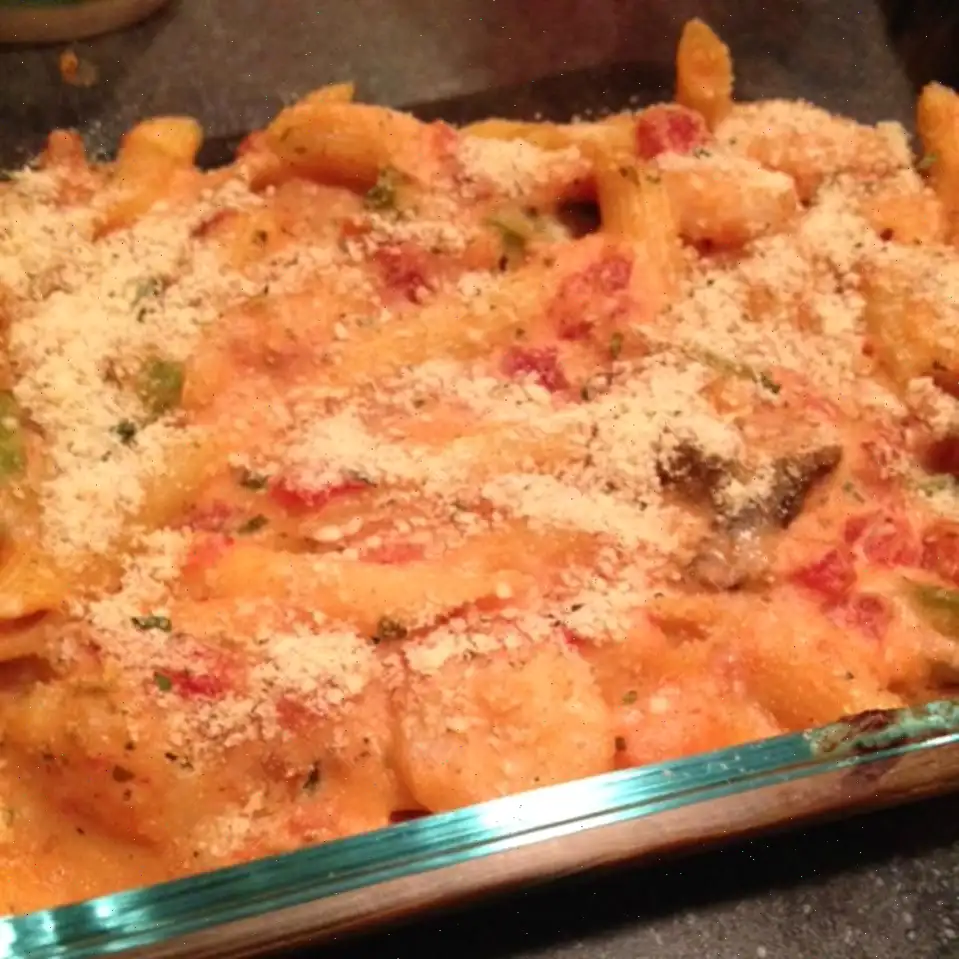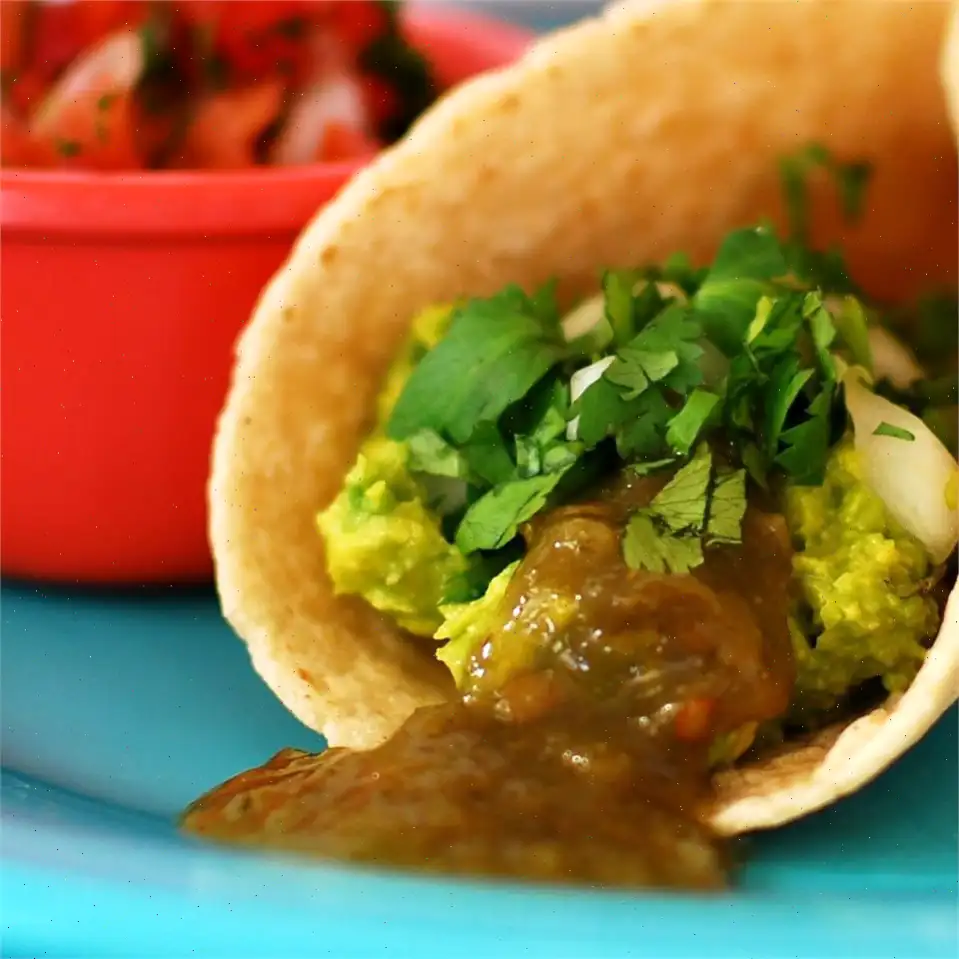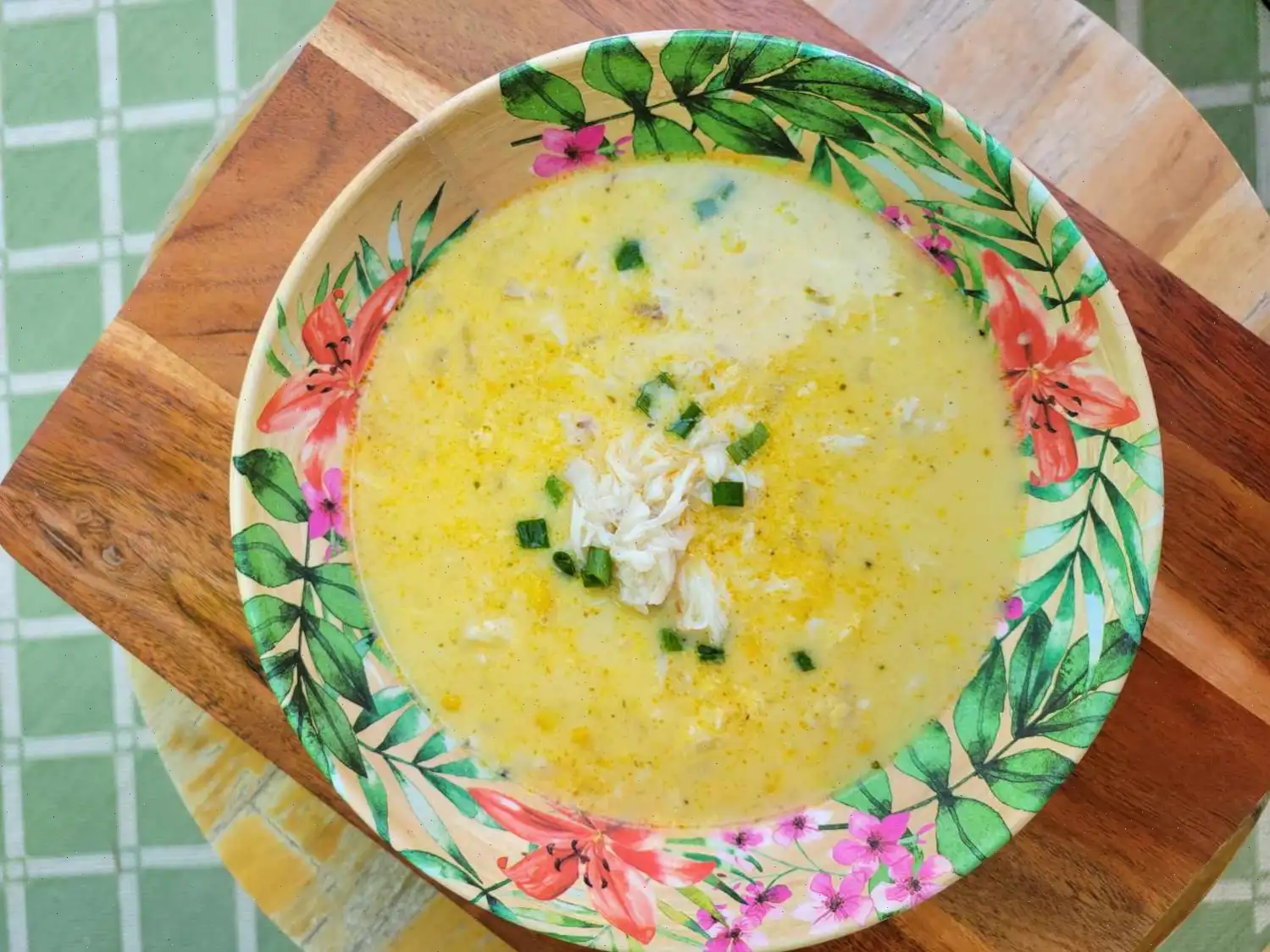
Butternut Squash Cheesecake Recipe
Butternut Squash Cheesecake
Ingredients (Makes 10 servings)
- 1 large butternut squash, roasted to yield 1 1/2 cups mashed squash
- 16 ounces cream cheese, softened
- 3/4 cup white sugar
- 1/4 cup all-purpose flour
- 1 teaspoon kosher salt
- 1/4 cup maple syrup
- 1/2 teaspoon ground cinnamon
- 1/2 teaspoon ground ginger
- 1/4 teaspoon freshly grated nutmeg
- 1 1/2 teaspoons vanilla extract
- 5 large eggs
- 1 cup heavy cream
Directions
Step 1: Preheat your oven to 400F (200C). Grease a 10-inch springform pan, line it with parchment paper, and set it aside. Also, line a baking sheet with parchment paper.
Step 2: Slice the butternut squash into thick crosswise pieces, remove the seeds, and place them on the prepared baking sheet. Roast in the oven for about 1 hour until the squash is very soft.
Step 3: Once the squash is cool enough to handle, separate the flesh from the skin and discard the skin. Mash the squash until smooth, then measure out 1 1/2 cups of the mashed squash and set it aside to cool completely. You can save the remaining squash for another recipe.
Step 4: Increase the oven temperature to 425F (220C). In a large bowl, combine softened cream cheese, sugar, flour, and salt. Use a spatula to cream these ingredients together until smooth.
Step 5: Add the maple syrup, 1 1/2 cups of the mashed butternut squash, cinnamon, ginger, and nutmeg to the mixture. Blend everything together using an electric mixer or a whisk until well combined. Add in the vanilla extract and mix again.
Step 6: Add the eggs one at a time, beating well after each addition. Stir in the heavy cream until the batter is smooth and fully combined.
Step 7: Pour the batter into the prepared springform pan and tap the pan lightly on the counter to settle the batter evenly.
Step 8: Bake the cheesecake in the preheated oven for 50 to 60 minutes, or until the cheesecake is almost fully set. The center should wiggle slightly when you gently shake the pan. If the center appears soupy, bake it for a few more minutes until the texture firms up.
Step 9: Remove the cheesecake from the oven and let it cool for 5 minutes. Run a thin knife around the edge of the cheesecake to loosen it from the springform ring. The cheesecake will contract as it cools.
Step 10: Allow the cheesecake to cool for an additional 30 minutes before removing the springform ring. Once the cheesecake has cooled, refrigerate it for a few hours or overnight before serving.
Chef's Note:
This recipe uses a fast and hot baking method, which can result in surface cracks as the cheesecake cools. If you prefer a smoother surface, use the traditional low and slow method: Bake at 325F (165C) in a water bath until just set. Open the oven door slightly to release heat, and let the cheesecake cool slowly in the oven with the door cracked open.
Nutrition Facts (per serving)
| Nutrition Value | Amount | % Daily Value |
|---|---|---|
| Calories | 392 | 19% |
| Total Fat | 28g | 36% |
| Saturated Fat | 16g | 78% |
| Cholesterol | 166mg | 55% |
| Sodium | 327mg | 14% |
| Total Carbohydrates | 29g | 11% |
| Dietary Fiber | 1g | 4% |
| Total Sugars | 23g | - |
| Protein | 7g | 14% |
| Vitamin C | 5mg | 5% |
| Calcium | 96mg | 7% |
| Iron | 1mg | 5% |
| Potassium | 223mg | 5% |

This butternut squash cheesecake is an innovative twist on the classic dessert. With its smooth, creamy texture and hints of fall spices, it is a perfect dessert for Thanksgiving, holiday gatherings, or any time you're craving a comforting treat. The subtle sweetness and earthiness of roasted butternut squash bring a unique flavor profile that sets this cheesecake apart from its more traditional pumpkin counterpart.
Origin and History
The origin of butternut squash cheesecake can be traced to the American tradition of utilizing seasonal ingredients in desserts, especially during the fall. The practice of incorporating squashes and pumpkins into sweets dates back to the early settlers of North America, who used local harvests to create filling and flavorful dishes. Butternut squash, with its naturally sweet flavor, became a popular ingredient for fall baking in recent decades. Its rich texture and slightly nutty taste made it an ideal substitute for pumpkin in traditional autumn recipes, especially in cheesecake.
Regional Variations
In the United States, butternut squash cheesecake is especially popular in the Northeast and Midwest regions, where both butternut squash and dairy products like cream cheese are abundant. However, this dessert can be found across the country, with different regions adding their own twists. For example, some versions use local honey or maple syrup as a sweetener, while others may add pecans or other nuts for texture. In the Southern states, a more buttery and rich variation of this cheesecake might be made, using locally sourced butter and cream.
Differences from Similar Dishes
Butternut squash cheesecake stands apart from similar dishes like pumpkin cheesecake or sweet potato pie due to its unique flavor. While pumpkin cheesecake relies on the bright, slightly savory flavor of pumpkin, butternut squash offers a smoother, more subdued sweetness. Additionally, butternut squash has a richer texture, which makes the cheesecake especially creamy and indulgent. This cheesecake also lacks the traditional graham cracker crust, making it a lighter option compared to some other similar desserts.
Where It's Typically Served
This cheesecake is typically served as a festive dessert during the fall and winter months, especially at Thanksgiving and Christmas dinners. It is also a great choice for any special occasion where a rich yet slightly lighter dessert is desired. In many American households, it has become a popular alternative to more traditional pies like pumpkin pie, offering a more sophisticated and modern twist on a classic fall dessert. Cafs and bakeries across the country also feature it as a seasonal offering during autumn.
Interesting Facts
- Butternut squash is known for being rich in vitamin A, making it a healthier alternative to some other rich desserts.
- This cheesecake, although decadent, is lighter than a traditional pumpkin cheesecake, making it a perfect option for those looking for a slightly less heavy dessert.
- Roasting the butternut squash enhances its natural sweetness and depth of flavor, which adds to the overall richness of the cheesecake.
- The dessert has become popular not only in home kitchens but also in fine dining restaurants, where chefs experiment with different spices and flavor combinations to elevate the classic recipe.
You can listen to this recipe in AI audio format. Simply click the play button below to listen to the content in a format that suits you best. It’s a great way to absorb information on the go!
FAQ about Butternut Squash Cheesecake Recipe
Comments
Nancy Hernandez
08/17/2022 12:28:18 AM
This was fantastic! It had a perfect fall vibe and was well-balanced between sweet and savory flavors.
Debra Brown
04/02/2023 04:47:53 AM
Great recipe! Roasting the squash really enhances the flavor. We typically avoid using sugar, so I swapped in 1/2 cup of raw honey instead. We followed the rest of the recipe as written with the maple syrup. The dish turned out fantastic, although it was a bit darker than chef John's version.
James Diaz
09/01/2022 04:10:57 AM
This was amazing.
Julie Flores
03/11/2023 03:38:18 AM
I made this dish with roasted Japanese sweet potatoes that I mashed instead of using butternut squash. It was a hit with both my family and friends!
Richard Clark
07/01/2023 10:56:01 AM
Absolutely delicious! This pie is lighter than traditional pumpkin pie both in texture and flavor, yet it still perfectly captures the essence of fall. I cooked the squash ahead of time, making putting it together a breeze. Plus, without a calorie-laden crust, feel free to indulge in an extra slice guilt-free!








